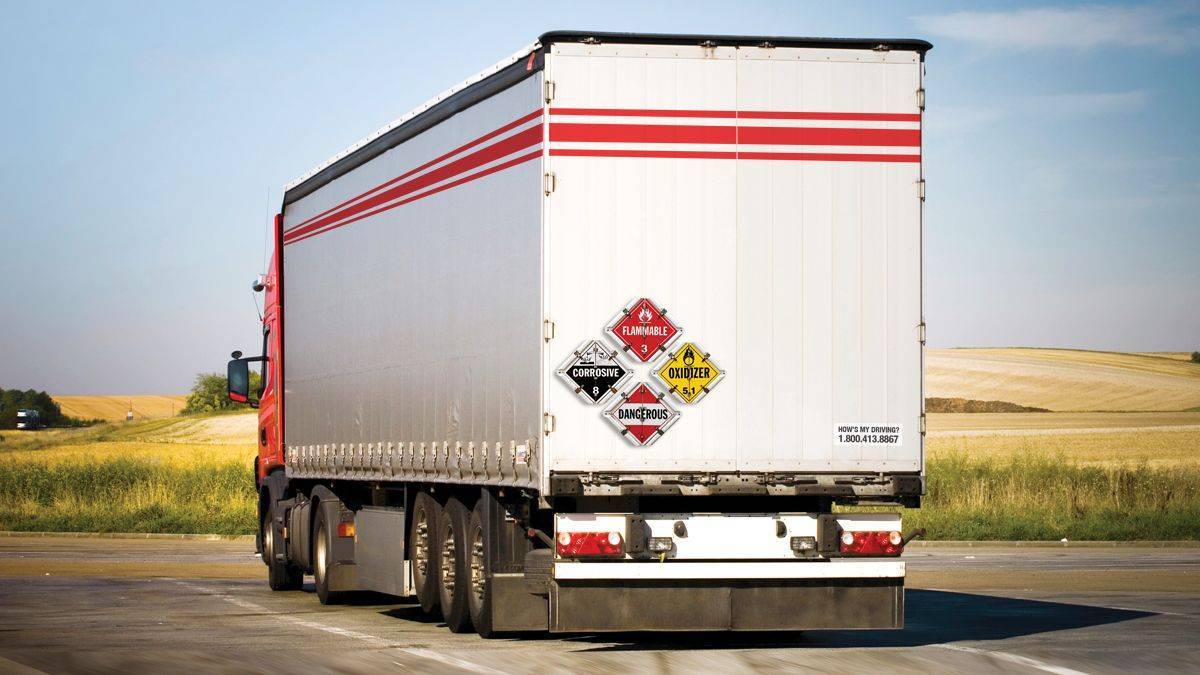Dealing with hazardous materials isn’t something to be taken lightly. The stakes are high, both for public safety and your company’s compliance reputation. Shipper Squad is here to guide you through the maze of safety and compliance in the world of hazardous material shipping.
Understanding Hazardous Materials
The Basics of Hazardous Materials
Hazardous materials include anything that poses a potential risk to health, safety, property, or the environment. They range from the obvious, like toxic chemicals, to the less apparent, such as batteries.
Identifying Hazardous Materials
It’s crucial to correctly identify what counts as hazardous. Misidentification can lead to improper handling, posing risks during transportation.
Categories of Hazardous Materials
Hazardous materials are categorized depending on their nature and risk factors, such as flammable, corrosive, explosive, or toxic substances.
Legal Frameworks and Compliance
Laws and Regulations
Navigating the complex web of laws and regulations is a must. These rules define how hazardous materials should be handled, packaged, and shipped.
International vs. Local Laws
Compliance involves adhering to both international standards and local regulations, which can vary significantly from one jurisdiction to another.
Key Agencies and Their Roles
Agencies such as the DOT and IATA play critical roles in setting guidelines and ensuring compliance across borders.
Safety Measures in Handling
Proper Packaging
Safe packaging is non-negotiable. It must meet stringent standards to withstand the rigors of transport and prevent accidents.
Correct Labeling
Every package needs clear, correct labeling, including hazard symbols and handling instructions, to communicate risks effectively.
Transportation Modes
Different modes of transport—air, sea, road, or rail—have specific regulations for hazardous materials, impacting how they are shipped.
Training and Education
Importance of Training
Comprehensive training ensures that everyone involved in the shipping process understands their role in maintaining safety and compliance.
Types of Training
From general awareness to function-specific training, there’s a range needed to cover the various aspects of hazardous material handling.
Certifications Needed
Certain roles require certification, emphasizing the need for ongoing education and competency in handling hazardous materials.
Technological Solutions
Tracking and Monitoring Technologies
Modern technologies enable real-time tracking of shipments and conditions, significantly enhancing safety measures.
Emergency Response Technologies
Innovations like smart labels and apps provide critical information instantly in case of an emergency, facilitating quick response.
Case Studies
Success Stories in Hazardous Shipping
Illustrative success stories demonstrate the impact of strict compliance and innovative safety measures in mitigating risks.
Lessons Learned from Failures
Conversely, failures provide valuable lessons on what to avoid and how to strengthen safety protocols.
The Role of Shipper Squad
Customized Compliance Solutions
Shipper Squad offers tailored solutions to navigate the complex compliance landscape efficiently, ensuring you meet all regulatory requirements.
Continuous Education and Support
We believe in the power of education and provide ongoing support and training to keep you and your team up-to-date on the latest safety and compliance standards.
Leveraging Technology
By harnessing cutting-edge technology, we offer tools for tracking, monitoring, and managing risks effectively, giving you peace of mind.
The Future of Hazardous Material Shipping
Trends and Innovations
The field is evolving, with new technologies and regulations shaping the future of hazardous material shipping, aiming for greater safety and efficiency.
Predictions
Staying ahead of these changes is key to navigating the future successfully, ensuring that safety and compliance remain top priorities.
Conclusion
Handling hazardous materials with the utmost care is crucial for safety, compliance, and the well-being of our communities. By staying informed, properly trained, and leveraging technological solutions, businesses can tackle the challenges of shipping hazardous materials head-on. Shipper Squad is your partner in this journey, committed to providing the expertise, solutions, and support you need to succeed.
FAQs
What are considered hazardous materials?
Everything from explosives, gases, flammables, toxics, and corrosives to environmentally hazardous substances falls under the category of hazardous materials.
Why is correct labeling crucial in the shipping of hazardous materials?
Correct labeling ensures that handlers are aware of the risks and can take appropriate safety measures to prevent accidents.
What kinds of training are necessary for handling hazardous materials?
Training ranges from general safety awareness to specific procedures for packing, handling, and emergency response.
How do technological solutions enhance the safety of hazardous material shipping?
Technologies provide real-time tracking, condition monitoring, and quick access to critical information, greatly improving safety and response times.
Can small businesses effectively manage the complexities of shipping hazardous materials?
Absolutely. With adequate training, adherence to regulations, and the support of partners like Shipper Squad, businesses of any size can manage hazardous material shipping safely and compliantly.


